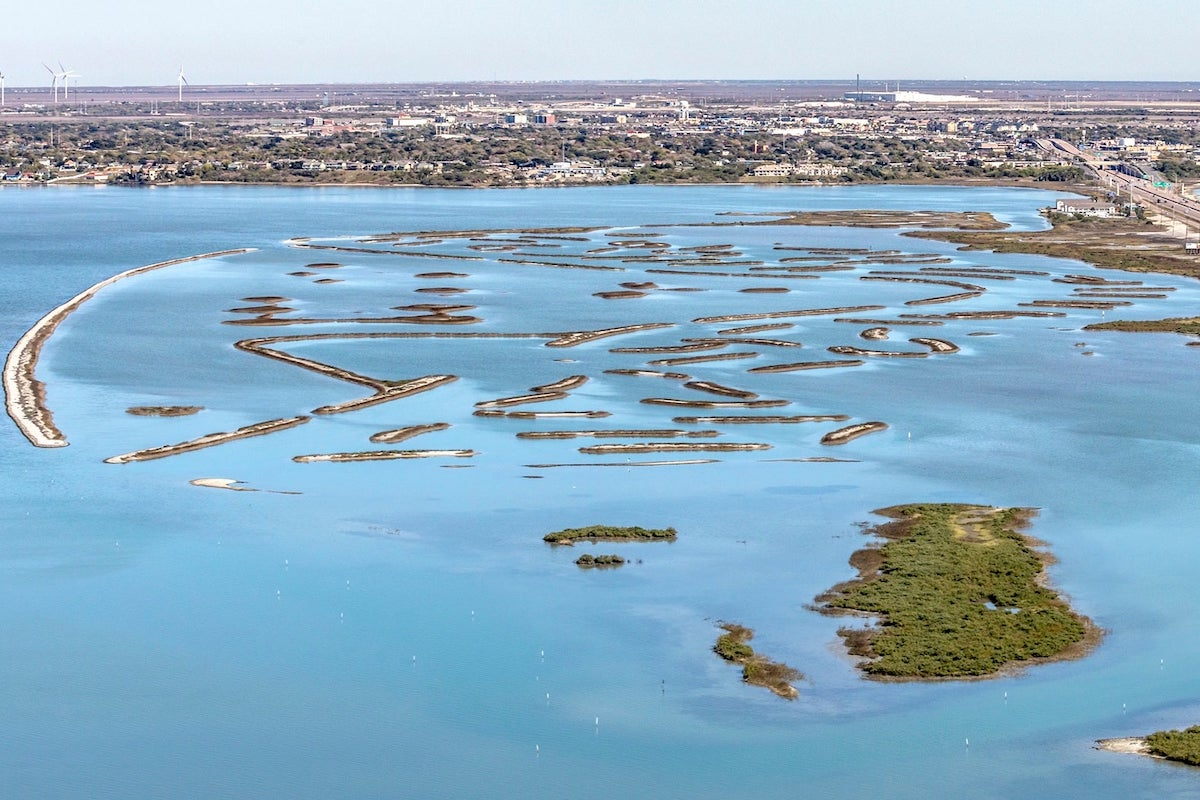To address this gap, the Biden Administration has proposed spending roughly $2 trillion over the next decade. Among the initiatives are $621 billion for roads, bridges, and highways; $480 billion to facilitate manufacturing growth and research; and $213 billion for housing infrastructure. The rest would go to projects including productivity-enhancing investment in technological infrastructure and resilient environmental infrastructure, as well as expanding access to home care.
It was of little surprise that the ASCE communicated the need for an ambitious effort to align America’s national infrastructure with its economic and social needs. In 2019, the United States spent only 2.5 percent of gross domestic product on infrastructure, down from 4.2 percent in the 1930s. This implies a shortfall of close to $3.7 trillion over the next decade.
The economics of Biden’s plan are straightforward. A project that modernizes the national infrastructure means increased jobs, productivity, and growth – all of which will result in a meaningful increase in the living standards for Americans.
In our estimation, a $2 trillion infrastructure project would result in an additional $6.1 trillion in economic activity over the next decade, result in an improvement in gross domestic product of 0.4 percent per year and add 3.2 million jobs over 10 years.

| Your local Wirtgen America dealer |
|---|
| Kirby-Smith Machinery |
| Nueces Power Equipment |
In addition, with the term structure of real interest rates likely to be negative over the next year or two, now is the time to act boldly and with intent.
Understanding what such an ambitious infrastructure project entails is almost as challenging as figuring out how to pay for it. Since nothing of this scale has been attempted since the Eisenhower administration of the 1950s, such a project may require explanation.
From our vantage point, a modern-day effort to improve America’s infrastructure will create the conditions for an acceleration and transformation toward the digital future of the American economy.
The foundation of that effort will likely revolve around the concept of what might be called I2R. We would define I2R in three parts.
These are the big, time-consuming and expensive projects that underscore everyday life. The federal government has done these before, financing and building the national highway system, the transcontinental railroad, Hoover Dam, and the Erie Canal. These are the public projects that the private sector neither has the financial depth to finance or build on its own.

| Your local Gradall Industries dealer |
|---|
| WPI |
| Kirby-Smith Machinery |
| ASCO Equipment |
This will require innovative public-private partnerships to extend broadband and 5G connectivity to every corner of the U.S. economy. The need for this and its importance in the new economy became particularly apparent during the pandemic when so many people could not go to school or work because of lack of broadband.
The recent near-catastrophic collapse of the Texas energy grid because of a significant winter storm or the SolarWinds cyberattack that compromised private and public sector assets should serve as a clarion call that the status quo is not sustainable. These needs demand to be addressed before the cost of doing so becomes prohibitive.
We think that the optimal path would be to provide seed capital for a national infrastructure bank and then use the broad and deep American capital markets to leverage that to meet those needs.
The optimal path would be for Congress to provide seed capital for a national infrastructure bank.
Under this approach, Congress would provide $400 billion in seed capital next year, which the national infrastructure bank would then leverage up over the next 10 years to modernize I2R so it aligns with where the economy is heading and could achieve $4 trillion in net infrastructure investment. The national infrastructure bank could then take proceeds from the issuance of bonds to reinvest back into the development and innovation around future projects.

| Your local LeeBoy dealer |
|---|
| Closner Equipment Co Inc |
| Romco Equipment Co |
| ASCO Equipment |
| Bee Equipment Sales Ltd |
This would be a legacy project that solves the issue of infrastructure once and for all. Given that the approach makes so much sense, it is also equally clear that it will probably not be done.
What is more likely is a suboptimal approach that involves a mix of tax increases. What those tax hikes end up being is anyone’s guess. Beyond the increase in the corporate tax rate, a host of proposals have been floated, including an increase in the gasoline tax, user fees for roads, higher individual tax rates, and a carbon capture tax.
President Biden proposed during his campaign an increase in the marginal tax rate on those who earn above $400,000 annually from 37 percent to 39.6 percent, while simultaneously capping itemized deductions for individuals in that bracket at 28 percent.
It is equally clear that the Biden Administration is somewhat hamstrung by a campaign promise not to raise taxes on anyone earning less than $400,000.
Whatever the case, it is critical that policymakers take advantage of the negative real rate environment. Following the shock of the pandemic, the Federal Reserve implemented a series of policies that have resulted in extremely low interest rates.
This presents the opportunity for long-term investment at negative inflation-adjusted interest rates. That is, the cost of newly issued debt will be paid in deflated dollars, resulting in investments that actually pay for themselves.

| Your local Case Construction Equipment Inc dealer |
|---|
| Nueces Power Equipment |
| ASCO Equipment |
Moreover, without any significant GOP support, Democrats will need to use budget reconciliation to move this legislation, which suggests that they will have to raise substantial revenue to meet the requirements under the Byrd Rule that governs reconciliation.
This implies that if revenues are raised to meet the requirements under reconciliation, then it would result in a drag on overall economic growth in 2022 and 2023.



































































